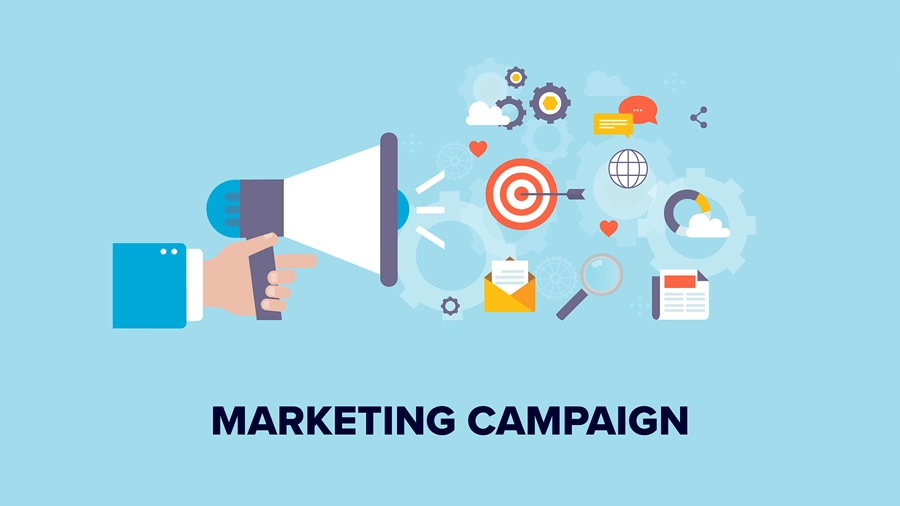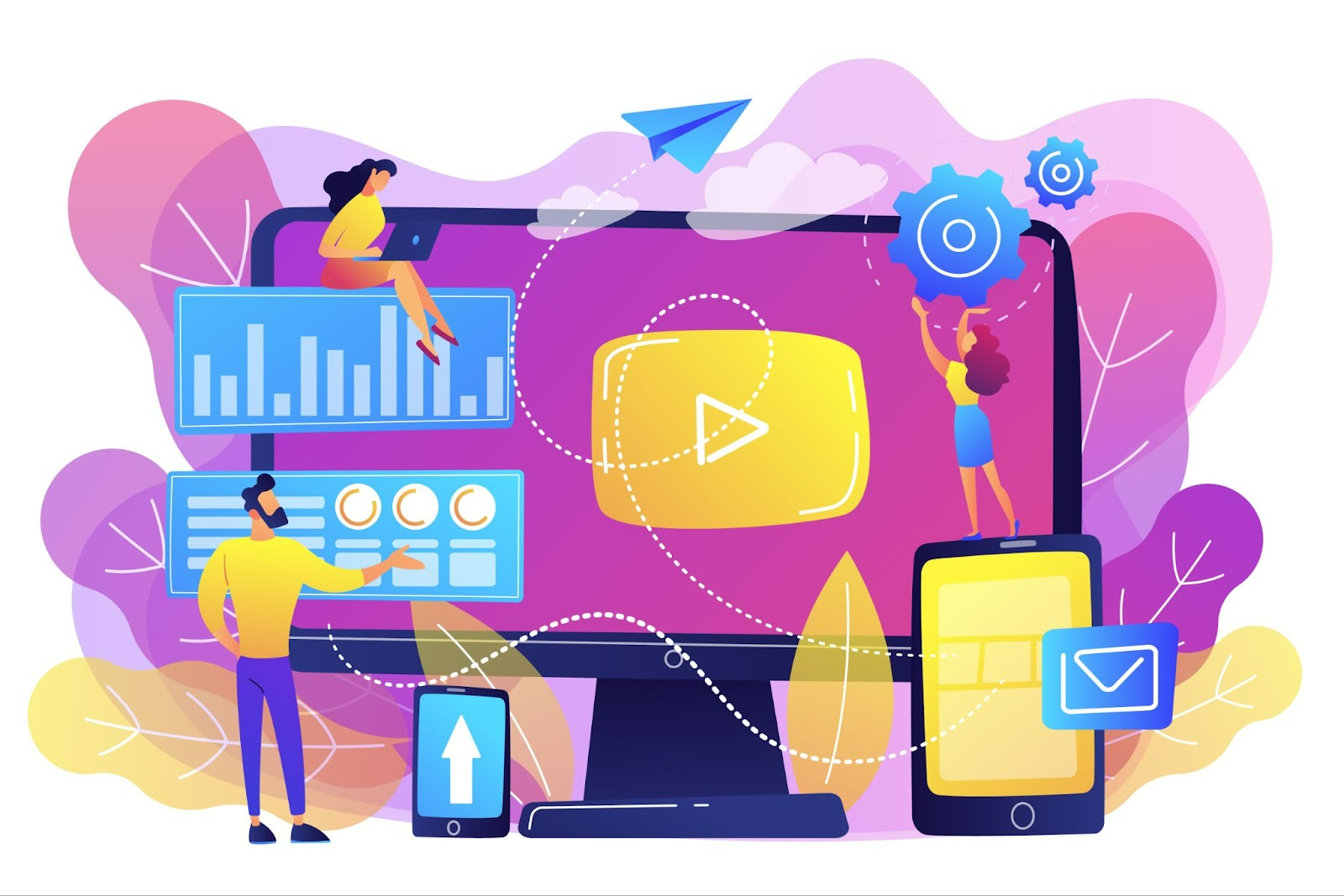
How to Measure the Success of Your Videos for Digital Marketing Campaigns
As consumer preferences evolve, it’s essential to understand the metrics behind your campaigns to gauge their performance. Whether you’re running video ads to drive clicks or increase conversions, knowing which elements are working can mean the difference between a successful campaign and a wasted budget. Leading global digital agency, R17 Ventures emphasizes the importance of using data-driven strategies to create video content that delivers measurable results.
The Importance of Understanding Metrics in Video Campaigns
With platforms enabling the creation of engaging videos through AI-generated prompts, video content is more critical than ever. The rise of AI in digital marketing is not only transforming content creation but also reshaping how campaigns are analyzed and optimized. Video ads capture attention, engage viewers, and drive conversions in ways that static content cannot.
However, without a clear understanding of key metrics, even the most visually stunning video may fall short if you don’t know where you are going wrong.
Breaking Down the Key Metrics with R17’s Proven Approach
1. Capturing Attention with Video Ads
Since social media feeds are now crowded with content, grabbing and maintaining attention has become more difficult, but vital for success. Video ads have the unique ability to engage users quickly and build trust, but R17 Ventures highlights how understanding how well your video is performing requires monitoring key metrics. Leveraging paid social media ads can further amplify video reach, ensuring your content is seen by the right audience while maximizing engagement and conversions.
Hook Rate: This metric shows the percentage of people who watch the first 3 seconds of your video. A hook rate of at least 30% is ideal for ensuring you’re drawing attention. Lower rates may indicate that your opening isn’t compelling enough.
Hold Rate: This measures the percentage of viewers who stay engaged for 15 seconds. If viewers drop off after the initial hook, it indicates that the middle section of your video may need adjustments to retain interest.
Optimization Tips: Begin your video by addressing your audience’s challenges, using captivating visuals or dynamic text to grab attention. Continuously test different approaches while keeping your core message consistent.
2. Driving Website Traffic
Once you’ve captured attention, the next crucial step is driving traffic to your website. Key metrics to understand here include:
CPM (Cost Per Thousand Impressions): A high CPM suggests that your ads are reaching fewer people for the same budget, indicating the need to optimize your content or targeting.
Frequency: This measures the average number of times a single user sees your ad. While a frequency of 2-4 is generally ideal, higher frequencies can also be effective depending on the context.
Outbound Click-Through Rate: This measures the percentage of impressions that lead to a click outside of Facebook, such as to your website. A high rate means your offer or content is attractive to your audience. White label seo services agencies are well-versed in the latest search engine algorithms and CTR optimization strategies.
Optimization Tips: With proven case studies, R17 has found that testing different audience segments, creative styles, and calls-to-action can significantly improve these metrics, driving more traffic and engagement.
SEO for Organic Traffic: SEO helps generate a steady flow of organic traffic by improving your website’s visibility on search engines. It complements paid campaigns by attracting users actively searching for your services. To enhance your site’s organic growth, check out SEO retainer services from LazzySEO, a dedicated agency for proven SEO strategies.
3. Enhancing Website Experience and Conversion Rates
It’s not enough to just drive traffic from your videos—you need to convert that traffic into sales by optimizing your landing page. R17 Ventures emphasizes the importance of monitoring the following key website experience metrics to assess how well your site is performing:
Engagement Rate: This metric measures how actively users interact with your site. A low engagement rate could signal the need for landing page optimizations to better capture and retain visitor interest, ensuring a more seamless user experience.
Time on Site: While a longer time on site might occasionally highlight navigation or loading-time issues, it can also indicate that users are engaged in exploring your offerings. R17 Ventures recommends tailoring this metric to your business model for more accurate insights.
Add-To-Cart Rate and Conversion Rate: These metrics reflect how well your site converts visitors into customers. A low conversion rate may point to unmet expectations or problems in user experience, which R17 Ventures addresses through a combination of ad and landing page optimizations to improve performance.
ROAS (Return on Ad Spend): ROAS measures the revenue generated for every dollar spent on a campaign, providing a clear snapshot of campaign efficiency. If ROAS is low, it could indicate issues with ad creative, audience targeting, or landing page experience. By regularly reviewing and optimizing these factors, R17 Ventures has found that clients see the highest Return on Investment.
4. Creative Testing for Digital Marketing
Creative testing is a critical element for maximizing the effectiveness of your video campaigns. By continuously testing and refining your video content, you can better understand what resonates with your audience, reduce wasted ad spend, and enhance overall campaign performance. R17 Ventures advocates for a structured, data-driven approach to creative testing as this has proven to:
Combat Ad Fatigue: One of the primary challenges in video marketing is ad fatigue, where repeated exposure to the same content causes audiences to lose interest. Regularly refreshing your video creatives ensures your audience remains engaged, preventing burnout and increasing the likelihood of maintaining their attention over time.
Maximize ROI: Creative testing also plays a pivotal role in maximizing your return on investment (ROI). By identifying and scaling the most effective creatives, you can focus your budget on high-performing ads that convert at a higher rate.
Enhance Customer Engagement: Data-driven creative testing enables you to tailor your video content based on real-time performance metrics. By understanding which types of content resonate best with different audience segments, you can create more relevant, personalized, and engaging ads. This not only increases viewer engagement but also builds stronger connections with your target audience, leading to improved conversion rates and long-term brand loyalty.
Discover New Opportunities: Beyond optimizing current campaigns, creative testing can reveal new opportunities for future video content. It allows you to explore different formats, tones, and styles to uncover untapped potential within your target market. This helps a business refine strategies, ensuring that every piece of content is optimized for each stage of the marketing funnel.
Leveraging AI to Create Successful Video Campaigns
AI tools, like those that allow you to create videos with text prompts, are game-changers in crafting dynamic content that resonates with your audience. AI agent development specializes in delivering advanced AI-powered agent solutions that streamline automation, enable sophisticated natural language processing, and integrate machine learning capabilities, much like a heat pump system that efficiently adapts to varying conditions to optimize performance. By using AI-generated video and analyzing it using the above metrics, you can continually iterate and optimize your videos for successful marketing campaigns. The adaptability of AI allows marketers to pivot and respond to real-time data, iterating on video content to optimize for performance. Whether it’s testing different hooks to capture attention in the first few seconds or adjusting visuals and messaging to improve audience engagement, AI empowers marketers to refine their content continually. Combined with a solid understanding of the performance metrics outlined by R17 Ventures, AI becomes a powerful tool for building and optimizing video campaigns that not only resonate but also deliver measurable results.
Latest Posts
-
Japan, South Korea Lead 157% AI App Growth as Users Hit 666M
-
How to Optimise Your Videos for SEO
-
Data-Driven Influencer Selection in Video Marketing
-
How to Use Video Walkthroughs to Transform Your Real Estate Marketing Strategies
-
How Web Hosting Impacts Video Marketing Success: A Guide for Small Businesses


